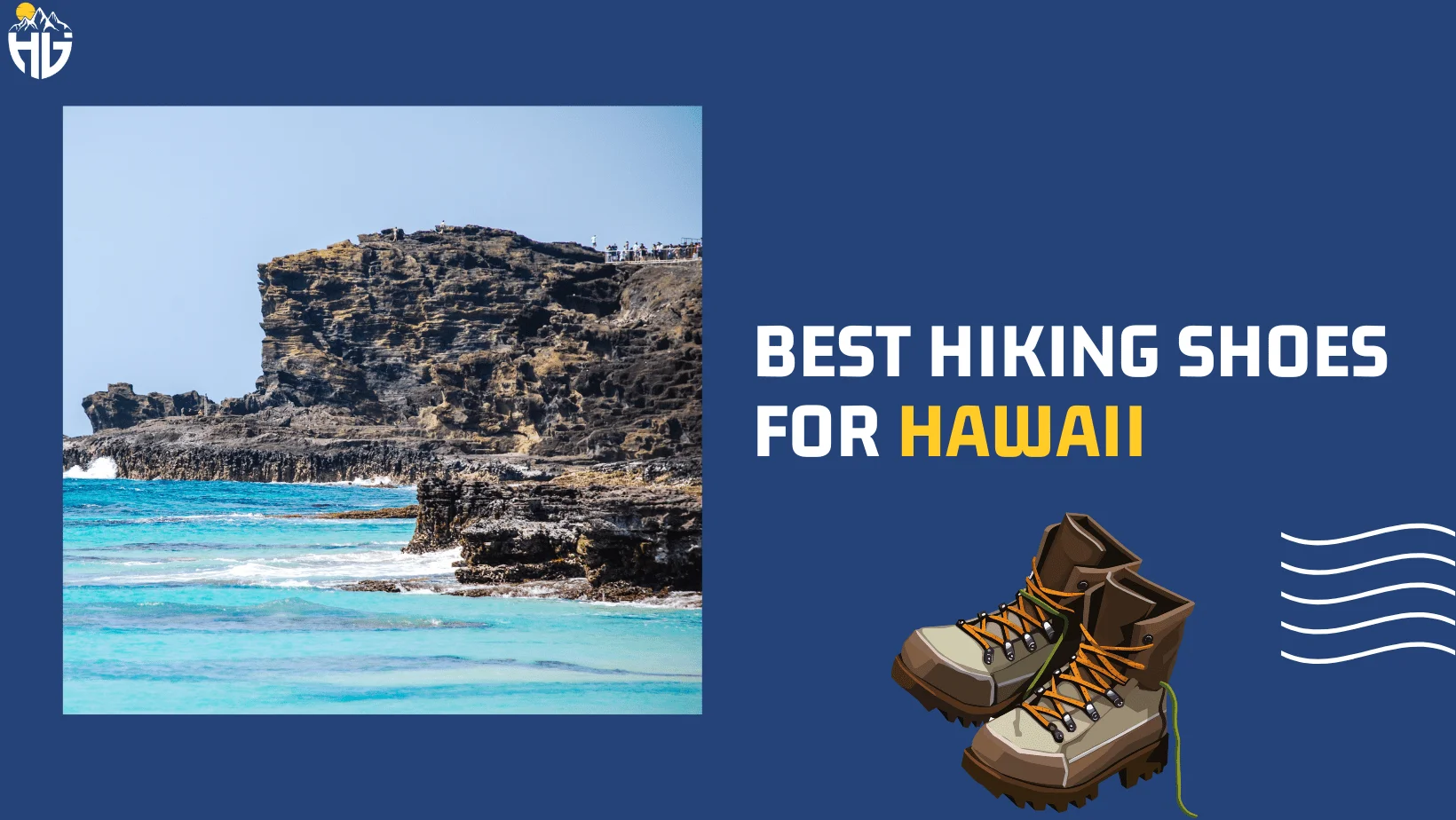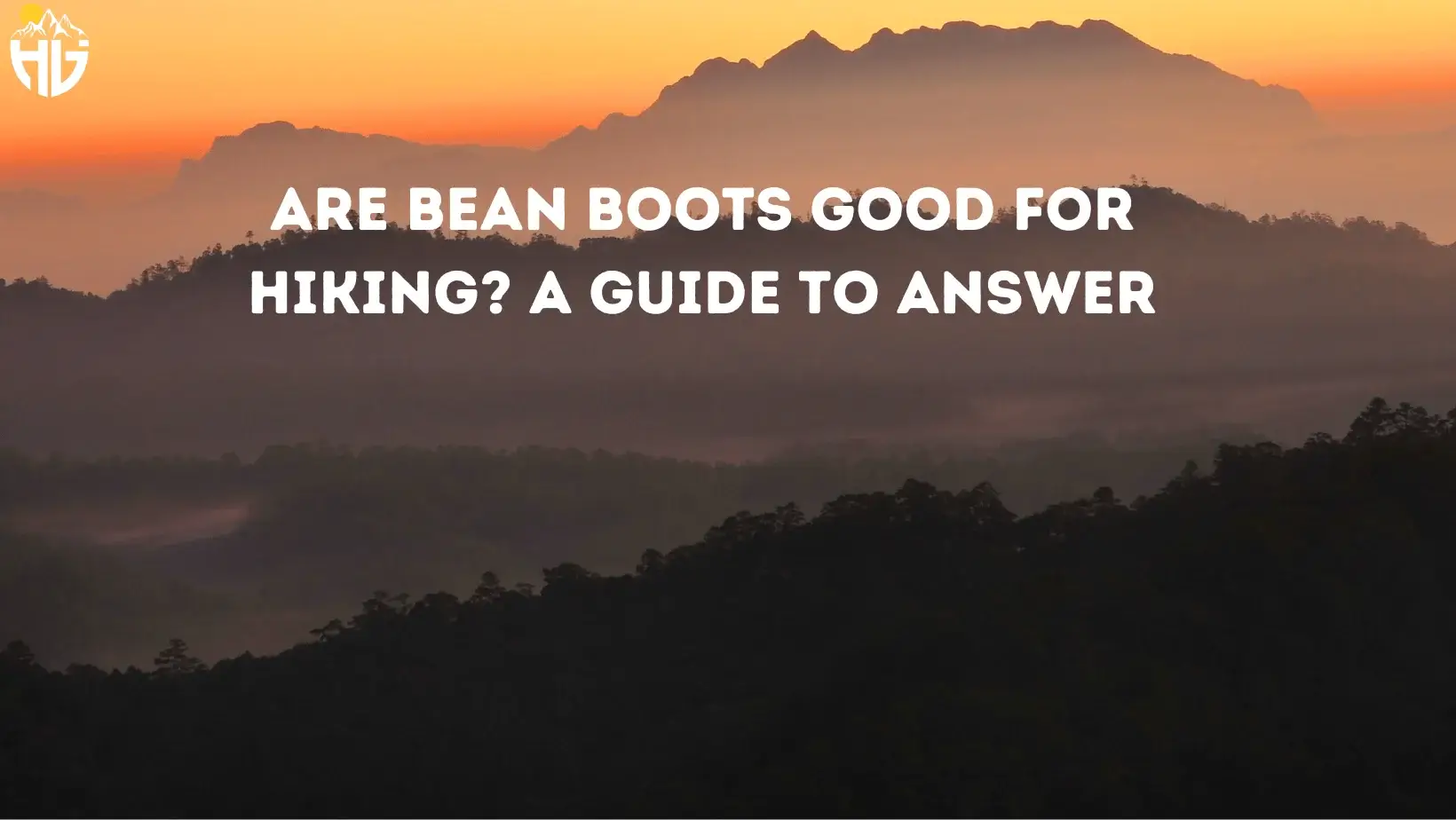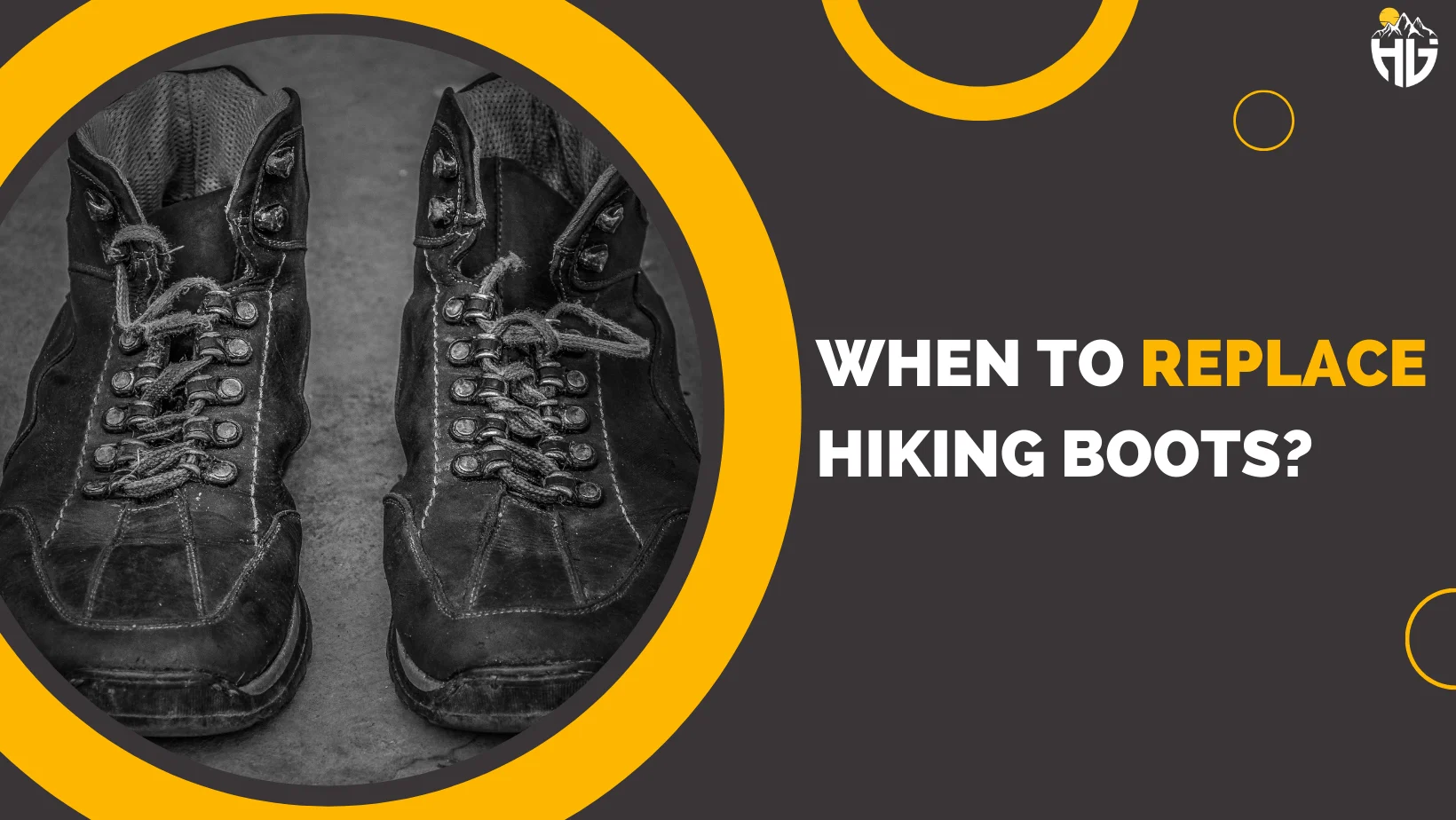How Many Miles To Break In Hiking Boots – The Magic Mileage
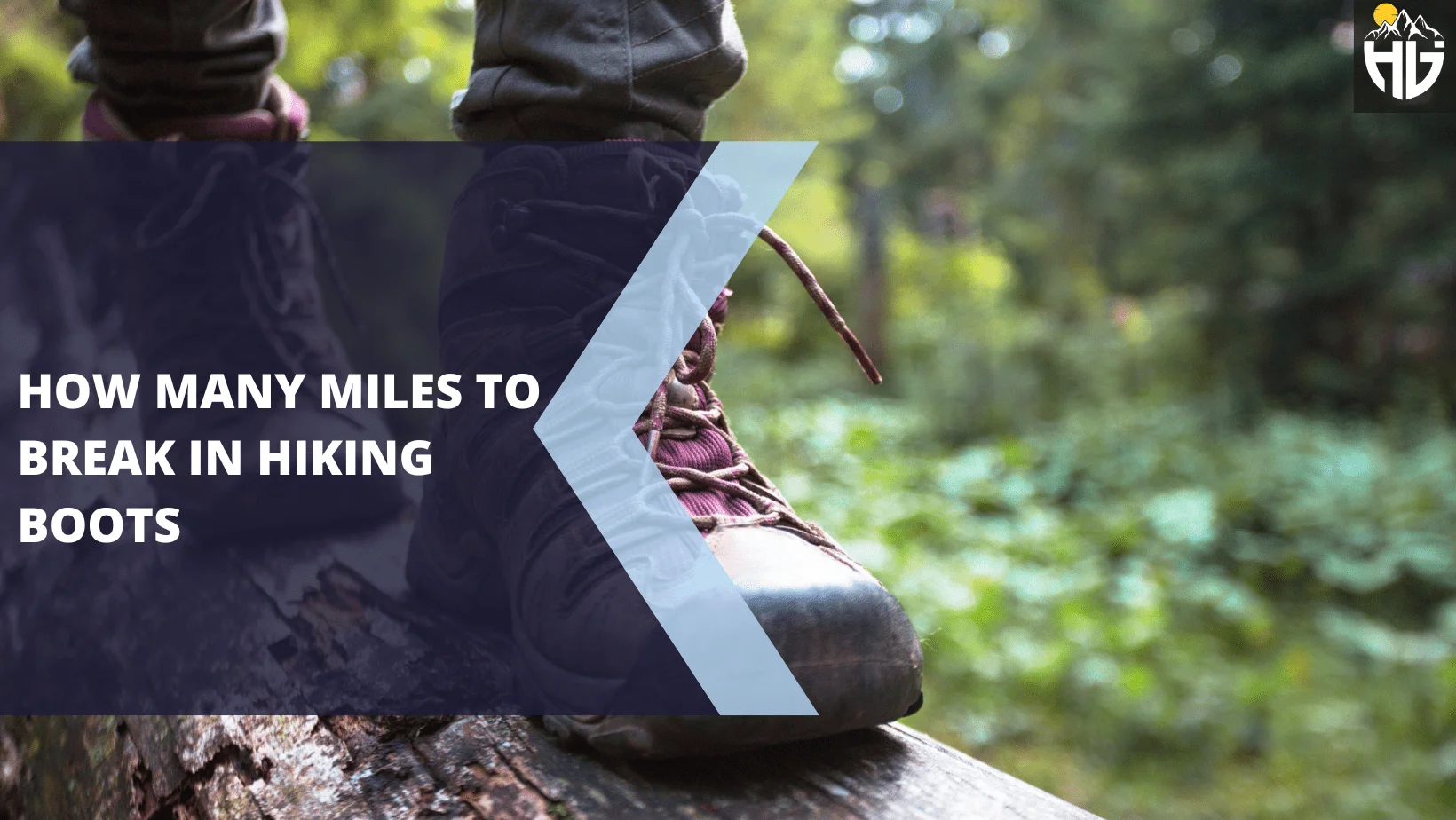
A new pair of hiking boots is one of the most important items for any hiker. On long, difficult hikes, they offer your feet the support and defense they require. However, its important to know the number of miles required to break in those hiking boots, and also essential before hitting the trails because they can be painful and uncomfortable.
It’s crucial to break in hiking boots for several reasons:
- It enables them to adapt to the shapes of your feet, improving fit and lowering the possibility of blisters.
- It makes them more flexible and comfortable overall, making it simpler to wear them for extended periods.
- Properly adjusting your pair of new boots can extend their lifespan, saving you money in the long run.
How many miles hiking boots need to be worn is a common query among hikers. The mileage needed can be influenced by several factors, so the answer is not simple. In this article, we’ll cover a general guideline for making your pair of new shoes more comfortable, and pointers for keeping track of your mileage and telltale signs.
To learn more about “break in hiking boots”, let’s get started.
Also Read
How Many Miles to Break in Hiking Boots?
The discomfort of brand-new hiking boots can lead to blisters and other injuries. Your footwear needs to be broken in to ensure comfort and lower the possibility of injuries.
One question that many hikers ask is, how many miles does it take to break in hiking boots?
General Rule of Thumb
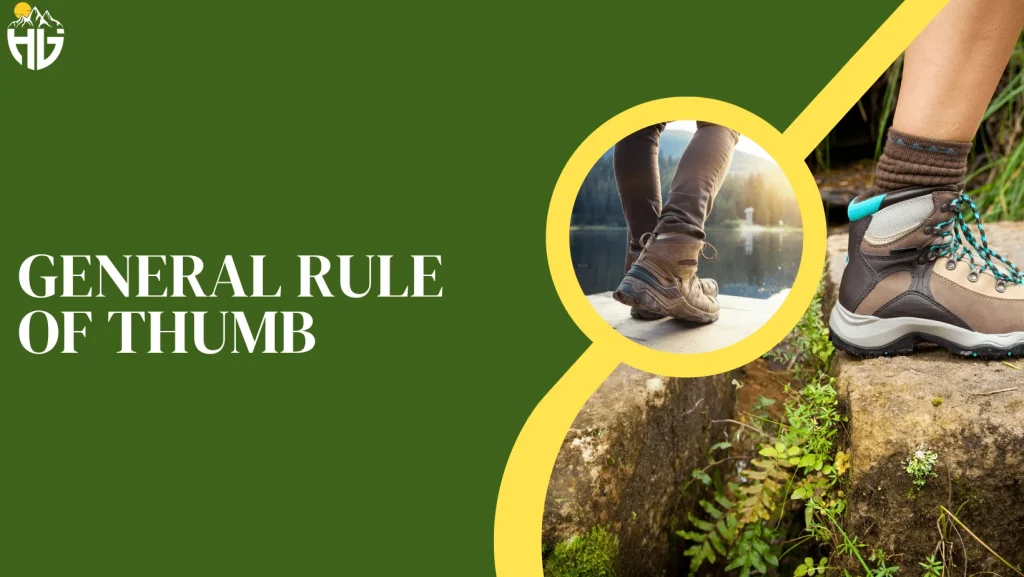
An average of 30 miles of hiking is recommended to break in hiking boots. However, this number can vary depending on several factors, including the boots’ material, design and construction, foot anatomy, and personal experience and preference, which we have discussed in the next section.
While some hikers may find their boots comfortable after just a few miles, others may need more distance to properly break them in.
Factors That Can Affect the Mileage Required
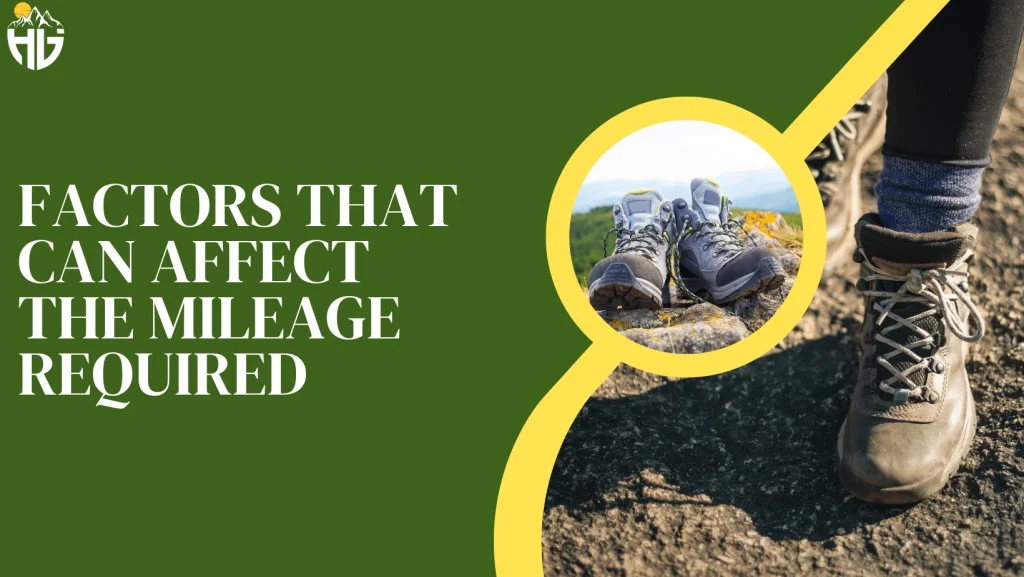
The material of your hiking boots can significantly affect the mileage required to break them in. For instance, leather boots may require more time to break in than synthetic ones. Breaking in your footwear is also affected by their overall structure.
The time it takes for new hiking boots to break in depends on your foot anatomy. Hikers with wide feet or high arches may need to log more miles for a comfortable fit. The final factor is personal preference and experience. While some hikers might favor a stiffer boot, others favor a softer, more flexible style.
Tips for Tracking Mileage
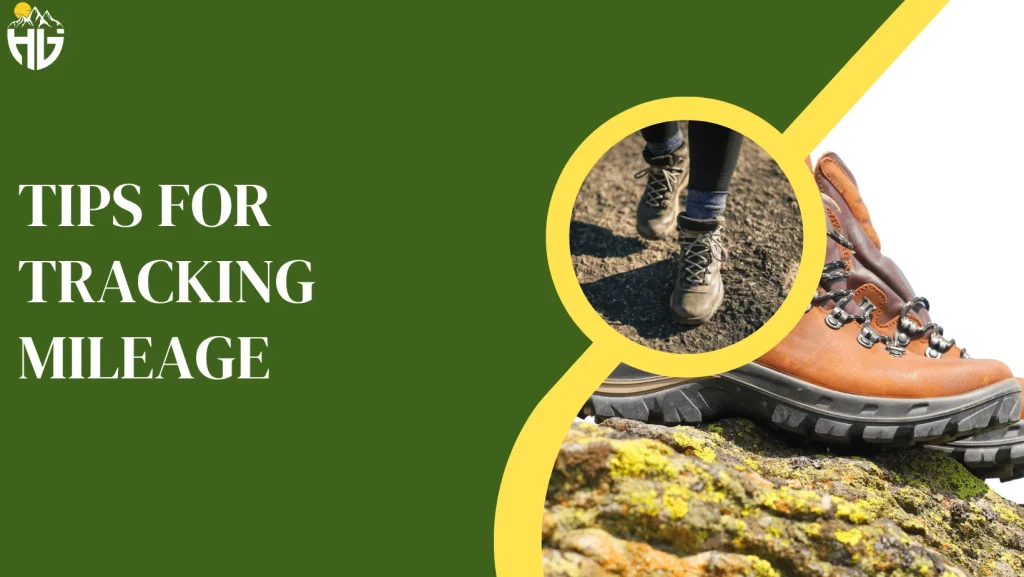
You can tell when your hiking boots are properly broken in by keeping track of their mileage. Using a hiking app or GPS device to track your hikes is one way to keep track of your mileage.
Other options include keeping a logbook or recording the mileage on your boots after each hike.
Thirty miles of hiking is the standard recommendation to break in hiking boots. Material, design, construction, anatomy, as well as individual experience and preference, can all have an impact on the required mileage.
Tracking mileage can help you determine when your boot is broken properly, ensuring a comfortable and safe hiking experience.
What Does it Mean to Break in Hiking Boots?
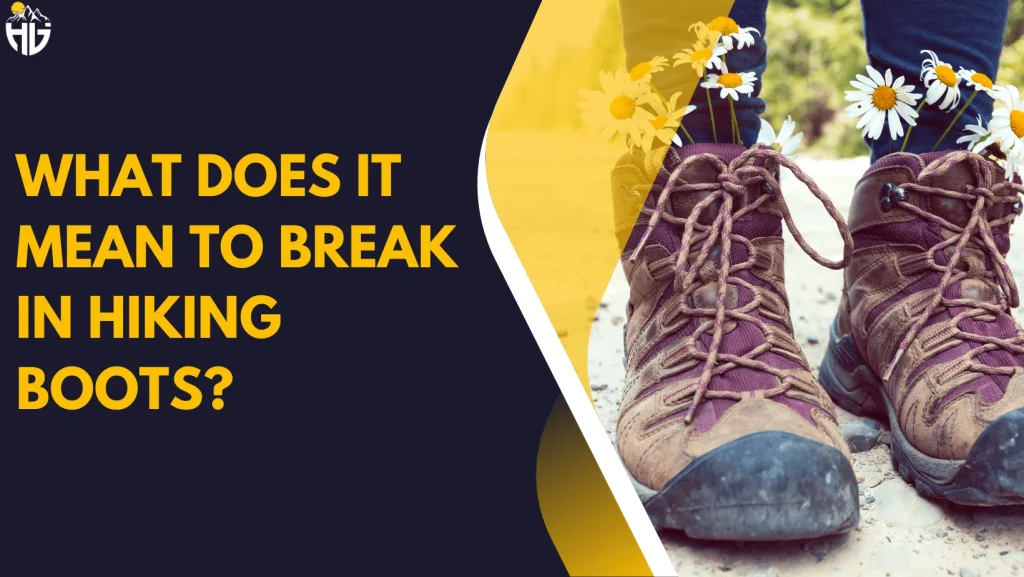
Wearing a brand-new pair of hiking boots can be uncomfortable, if not painful. It’s important to break in hiking boots before hiking to ensure comfort.
What does it mean by break in?
Hiking shoes must be broken in by being worn repeatedly so that they can mold to the shape of your feet. Blisters and other foot injuries are less likely due to the materials’ softening and increased flexibility during this process. Boot breaking in is a continuous process that may require several hikes to complete. It is not a one-time event.
Importance
First, it enables the boots to adapt to the contours of your feet, improving the boots fit and lowering the possibility of blisters and other injuries.
Second, hiking boots quickly become more flexible and comfortable overall, making it simpler to wear them for extended periods.
Lastly, properly breaking in hiking boots can increase their lifespan and save you money.
The stiffness and discomfort of new boots can lead to blisters and other foot injuries. Having a seasoned professional on your side can save you time and money. During the breaking-in period, it’s crucial to pay attention to your body and stop hiking if you feel any pain or discomfort.
To ensure comfort and avoid injuries while hiking, breaking in hiking boots is a necessary step. Blisters and other injuries are less likely due to the materials’ softening and increased flexibility during this process.
Any hiker will find that properly breaking in their new hiking boots is a worthwhile investment because it can extend their lifespan.
Factors that affect in breaking brand new hiking boots
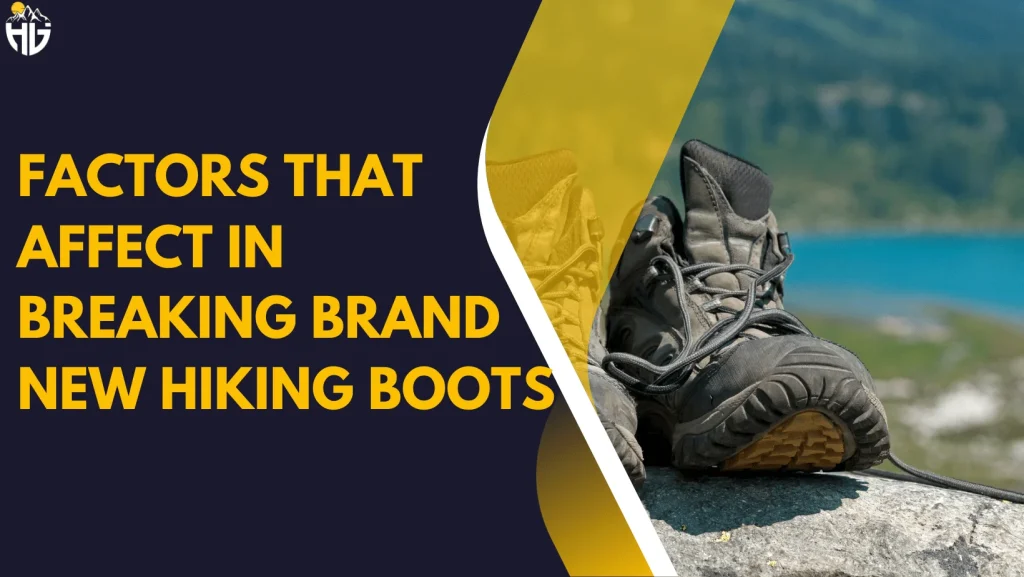
Several variables can affect how long it takes to break in hiking boots. In this section, we’ll look at some of the most significant variables that may impact how long new hiking boots take to break in.
Material of the Boot
The material of a hiking boot can significantly impact how long it takes to break them in. For instance, leather boots are known to be stronger and provide better support, but they can take longer to break in than footwear made of synthetic materials.
It takes less time to break in synthetic materials, and they are frequently more flexible. Because of this, it’s crucial to consider the boots’ material when determining how long it will take to break them in.
Boot Design and Construction
Compared to boots with a softer, more flexible design, stiffer ones with more structure and support might take longer to break in. Furthermore, footwear with high ankle shafts might take longer to break in due to the additional support.
Foot Anatomy
Compared to hikers with narrower feet or flatter arches, those with wider feet or high arches may need more time to break in their boots. The comfort and fit can also be impacted by the type of socks (thick socks, and moisture wicking socks are highly recommended) used during the breaking-in process.
Personal Experience and Preference
While some hikers might prefer a softer, more flexible design, others prefer a stiffer, more structured boot. Furthermore, hikers with more experience breaking in boots might need less time to fit properly.
The break in process of hiking boots can vary depending on the boots’ material, design, and construction, the anatomy of your feet, and the wearer’s personal preferences and experience.
For a comfortable and secure hiking experience, hikers can estimate how long it might take for their hiking boots to break in by being aware of these factors.
Signs That Your Boots Are Broken In
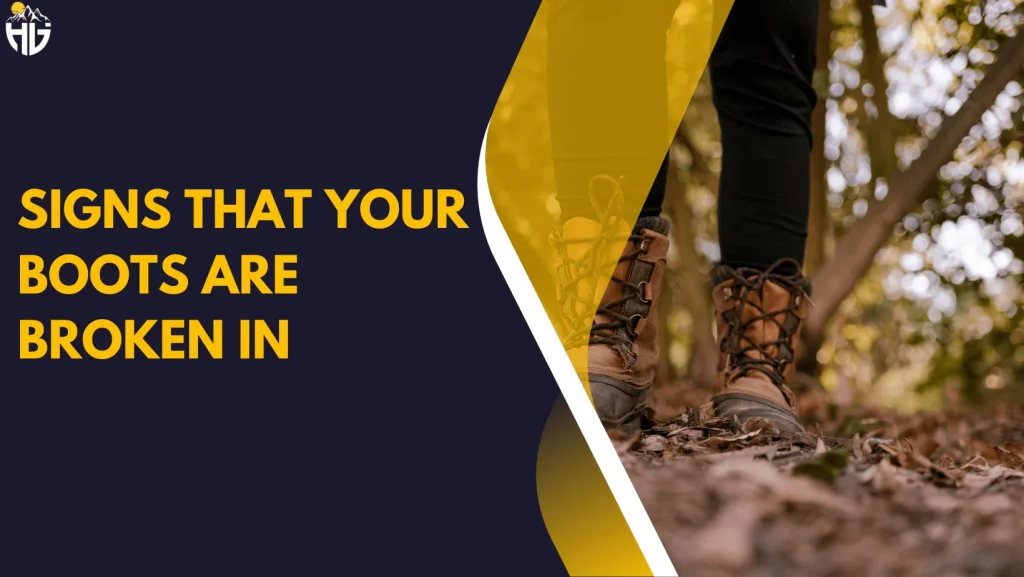
The break in process can take some time, but it’s a necessary step to ensure comfort and guard against injuries while hiking. While the breaking-in period can vary depending on several factors, there are some signs that your hiking boots are fully broken in and ready for the trails.
This section will look at the typical indications that your hiking boots need to be broken.
Comfort Level
Your hiking boots’ comfort is among the most telling indicators that they have been properly broken. Once you break in hiking boots, you should feel comfortable wearing them and have no discomfort, pain, or blisters while hiking. If you discover that your boots are still uncomfortable, it might indicate that they need more time to break in.
Fit and Flexibility
Your hiking boots quickly become more fit and flexible which indicates they’ve been worn in. Boots that have been properly broken in should fit your feet snugly without feeling too tight or loose. The boots should also be flexible enough to permit normal motion of your feet while hiking. Your boots may not be completely broken if they are too stiff or loose.
Other Signs
Other signs that your hiking boots are fully broken include the absence of creaking or squeaking noises while walking, the absence of any noticeable pressure points or hot spots, and the ability to hike for extended periods without experiencing any discomfort or fatigue.
Hiking boots must be broken to ensure comfort and guard against injuries on your feet. Your boots should be comfortable, flexible, and free of any obvious pressure points once they have had time to break in.
When your hiking boots are completely broken in, you can embark on a secure and comfortable hiking trip. And even after they have completely broken in, you might need to replace them because they are not so comfortable after all.
Tips for Breaking in your Mountaineering Boots
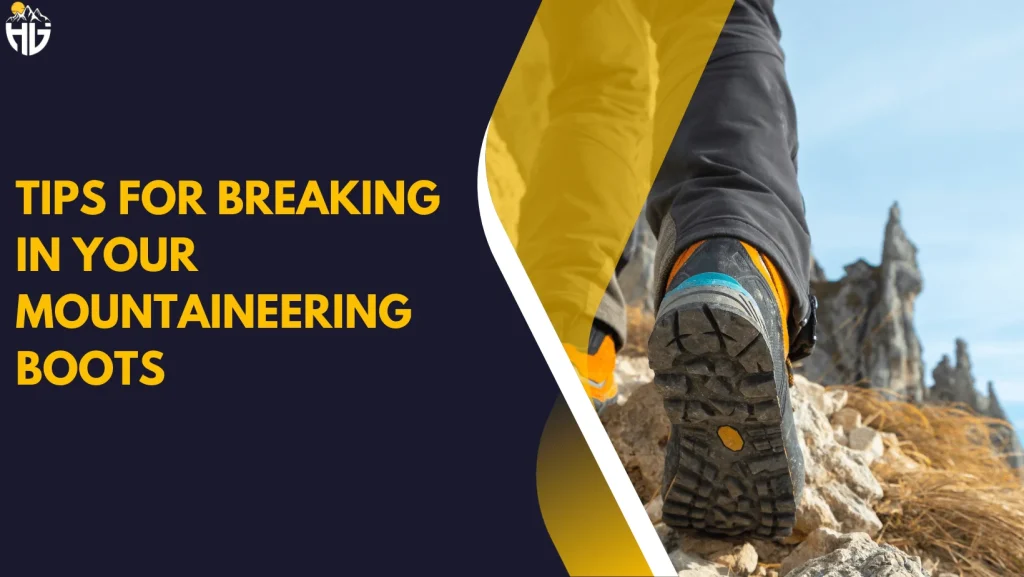
Your hiking boots can be broken quickly and easily if you take the right approach. This section will offer advice for breaking into your hiking boots.
Gradual Approach
One of the most crucial suggestions for breaking into hiking boots is to go slowly. You shouldn’t anticipate breaking in your boots in a single day or hike. Start with walks and gradually increase the length and distance of your hikes as your boots break in. This gradual approach will help prevent blisters, hot spots, and any foot injury.
Wearing Them Around the House
Another tip for breaking in your hiking boots is wearing them around the house before heading out. As a result, your boots will more easily adapt to the shape of your feet, and you’ll be able to spot any areas requiring special attention during the breaking-in process. You can find any discomfort or pressure points that might result in injuries during a couple of short walks by wearing your boots around the house.
Short walks Before Longer Treks
It is also essential to start with short hikes before going on a long hike. This will help you determine how your boots feel and if they require any adjustments before heading out on a longer hike. It will also allow you to gradually break in your boots.
Breaking into hiking boots is essential for ensuring comfort and avoiding injuries. Tips for breaking in your hiking boots include gradually wearing them around the house and starting with short hikes before going on long ones.
With these tips, you can effectively break into your hiking boots and enjoy safe and comfortable hiking experiences.
Conclusion
Throughout this article, we highlighted some of the main points every hiker should know about the number of miles required to break into hiking boots. We discussed the importance of selecting the right size and type of boots and the different methods of breaking them in. We also provided tips on caring for your boots to ensure they last longer and perform better on the trails.
Breaking in hiking boots is an investment in your hiking experience. It may take a little extra time and effort, but it’s worth ensuring you are comfortable and safe while exploring the great outdoors. So, if you’re planning a hiking trip shortly, start breaking in your boots as soon as possible. Your feet will thank you for it!



